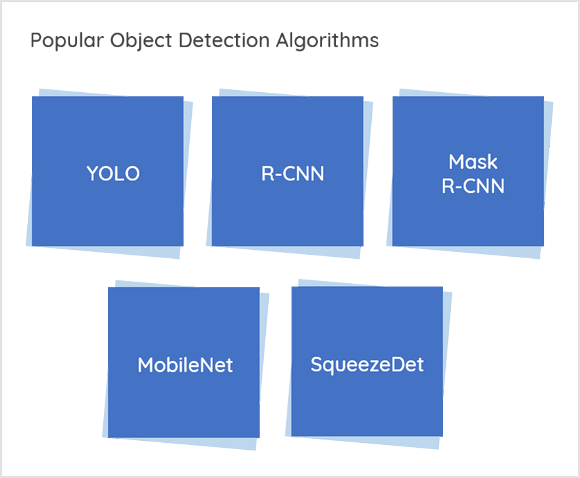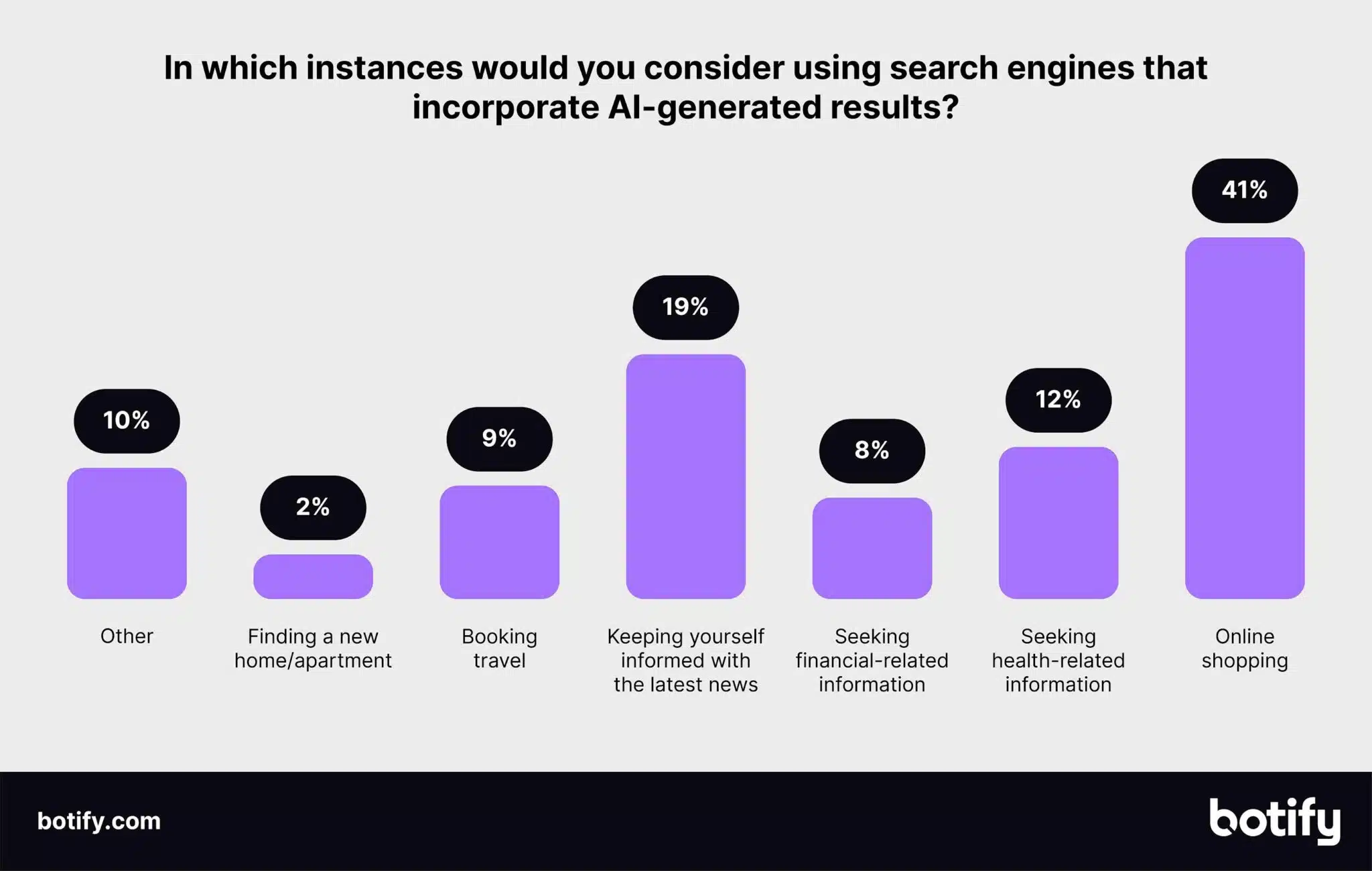Understanding AI Detection Algorithms and Search Engine Policies
AI detection algorithms are engineered to identify whether content originates from an AI model or a human writer. These algorithms employ various analytical techniques, examining numerous features of text that differ between AI and human generation.
Language Patterns
AI-generated content often showcases distinctive language patterns. Statistical analyses indicate that such content tends to lack the intricate understanding of context and emotion that characterizes human writing. For instance, AI may produce text that is grammatically correct but lacks depth or the subtleties found in nuanced human communication. This pattern recognition is crucial for detection algorithms.
Structural Analysis
The structural analysis delves into the coherence of the text. These algorithms evaluate sentence structure, flow, and the overall organization of ideas. AI content may demonstrate uniformity in structure that can be a giveaway. For example, frequent use of certain phrase constructions can indicate machine generation, as humans generally employ more varied sentence structures and styles.
Statistical Models
Detection tools often utilize machine learning models trained on extensive datasets comprising both human-written and AI-generated texts. These models learn to differentiate qualities unique to each type of content. The effectiveness of these models relies heavily on the diversity of the training data. The broader the data representation, the better the model can identify patterns.
Lexical Features
Lexical features refer to the specific words and phrases that emerge in AI-generated content. Certain vocabulary choices may occur more frequently in such texts, revealing reliance on a limited word range, which lacks the diversity that human authors typically exhibit. This reliance on a narrower lexical pool can lead to a recognizable signature in AI-generated material.
Prominent detection tools like Originality.ai and GPTZero perform these analyses and provide a probability score reflecting the likelihood that a text was AI-written. Understanding how these algorithms function can inform better content creation strategies.
Improving Prompts to Reduce Detection Rates
Enhancing AI prompt engineering can significantly influence the quality of generated content and its detectability by algorithms. Below are several strategies to consider:
Increase Specificity
Specificity in prompts leads to more tailored outputs. When prompts are clearly defined, they guide the AI to generate responses that contain a depth of detail and nuance, making it more likely to resemble human writing. For example, instead of asking a general question, including specific parameters can yield richer responses.
Add Contextual Elements
Incorporating context into prompts invites the AI to understand the subtleties required for realistic content creation. Adding background information allows for the generation of responses that align more closely with human reasoning and emotions, thereby mitigating detection.
Use Editing and Refinement
Post-process editing of AI-generated content is essential. A human touch introduces variability and coherence that might elude AI outputs. This can involve restructuring sentences, varying vocabulary, or incorporating personal anecdotes, all of which help to break patterns recognizable to detection algorithms.
Incorporate Varied Sentence Structures
Encouraging the use of varied sentence structures can improve the readability and natural flow of the content. AI often tends to produce repetitive patterns; thus, mixing short, impactful sentences with longer, more complex ones can imitate the cadence of human writing, making detection less likely.
Blend AI and Human Input
Combining AI-generated material with human-written sections can greatly enhance originality. By merging the efficiency of AI with the authenticity of human insights, content becomes less susceptible to detection algorithms. This dual approach allows for the strength of AI to sit alongside the nuance of human creativity.

Impact of AI-Generated Content on Search Engine Rankings
The relationship between AI-generated content and search engines is complex. Understanding this interaction can help content creators align their strategies with best practices.
No Direct Penalization for AI Use
According to guidelines issued by Google, employing AI tools to generate content does not result in automatic penalties. What matters is the quality of the content produced. Content that maintains high standards of originality and user relevance is less likely to encounter challenges (SEOPress).
Focus on Quality
Quality control is central to Google's ranking algorithms. Content, regardless of its origins, must offer value to users. AI-generated material that meets viewers’ needs in terms of originality, usefulness, and engagement can perform well. Thus, the focus should remain on delivering high-quality content (Search Engine Land).
Consequences for Low-Quality Content
Conversely, content that is spammy, overly generic, or devoid of originality can incur penalties, similar to any poorly crafted material. Google’s algorithms are designed to punish low-quality content, irrespective of whether it was generated by AI or written by a person (Undetectable AI).
Development of Watermarking
To assist in transparency, advancements in watermarking technology for AI-generated content are underway. This approach aims to help users and systems easily identify AI-produced content, enhancing trust and credibility (SEOPress).
Common Mistakes in Crafting Prompts
In the pursuit of generating undetectable AI content, several common pitfalls should be avoided:
Overly Technical Language
Prompts that rely on complex jargon can highlight AI-generated content due to their overly formal tone. Simpler, conversational language can facilitate a more natural response from the AI, masking its origin (Scalenut).
Loss of Variety
Repetitive phrases and similar structures signal AI involvement. Incorporating varied sentence lengths and styles contributes to a more natural flow. Emphasizing diversity not only enhances the reading experience but also makes detection more challenging (Scalenut).
Inconsistent Tone
A lack of a consistent voice can be a red flag. Crafting prompts that solidly align with the desired tone is crucial for maintaining an authentic voice throughout the content, and thus lessening the likelihood of detection.
Effectiveness of AI Detection Tools
The capability of AI detection tools varies significantly. For instance, tools like OpenAI's classifier have shown effectiveness in identifying content generated by models like GPT-3.5, yet their accuracy diminishes when evaluating human-created material, often resulting in false positives (Elkhatat et al.).
Detection Algorithm Limitations
Some algorithms struggle particularly with creative content, where subjective elements come into play, such as poetry or creative narratives. This limitation can result in inaccurate identifications that unfairly penalize human-generated content.

Linguistic and Cultural Nuances
Language intricacies significantly affect the reception of AI-generated material. Cultural nuances may lead to misinterpretation of idiomatic expressions or contextual references, diminishing detection algorithms' effectiveness (Elkhatat et al.). Thus, understanding the cultural context is essential for accurate portrayal and avoidance of mislabeling by AI.
Industry Acceptance of AI-Generated Content
The acceptance of AI-generated content varies across industries. In fast-paced sectors like digital marketing and e-commerce, AI-generated content is becoming more common, as firms prioritize speed and efficiency. However, they still emphasize originality and high-quality output to gain competitive advantages (Scalenut).
Conversely, industries such as academia and journalism remain skeptical, focusing on ethical considerations of content creation. They underscore originality, human authorship, and the responsibility of verifying information.
Evolving Features in Search Engines
Search engines are making continuous improvements in distinguishing between high-quality AI-generated content and subpar alternatives. Innovations such as semantic search and advanced context analysis metrics are integrated into ranking algorithms, promoting content that adds real value (Scalenut).
Blending AI with Human Creativity
A powerful method to enhance engagement while minimizing detection is blending AI-generated content with human input. By incorporating personal narratives, cultural insights, and unique perspectives, content creators can ensure that their outputs resonate with audiences on a personal level (Scalenut).
Feedback from the SEO Community
The SEO community frequently voices concerns regarding the reliability and accuracy of AI detection algorithms. They advocate for improvements in the transparency of these algorithms and their ability to adapt to varied content types, ensuring fair treatment of all content, whether generated by humans or AI (IDigital Strategies).
Digital Marketing Impact of AI Content
AI-generated content is reshaping approaches to digital marketing. Companies utilize AI to efficiently produce personalized content while enhancing audience targeting strategies. However, as audiences increasingly seek authenticity, marketers must tread carefully in how they leverage AI (IDigital Strategies).
Ethical Considerations
The ethical implications of using AI-generated content deserve careful attention. Particularly in sensitive areas such as healthcare and finance, where misinformation can have serious ramifications, content creators must adhere to established guidelines. Maintaining transparency about content origins is essential for fostering trust among consumers (IDigital Strategies).
Advancements in Watermarking AI Content
Advancements in watermarking techniques for AI-generated content could enhance user perceptions, facilitating easy identification of non-human-created material. These developments promise to reshape norms surrounding authenticity within digital interactions, potentially leading to greater consumer trust (IDigital Strategies).
In summary, as AI continues to integrate into content creation processes, understanding the distinctions between human and AI outputs—along with the ethical implications—is critical for maximizing engagement in the evolving digital landscape.

Comments (0)
Sign in to participate in the discussion or .